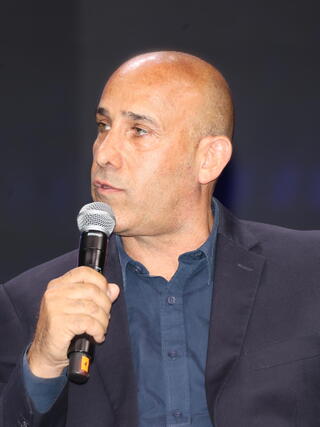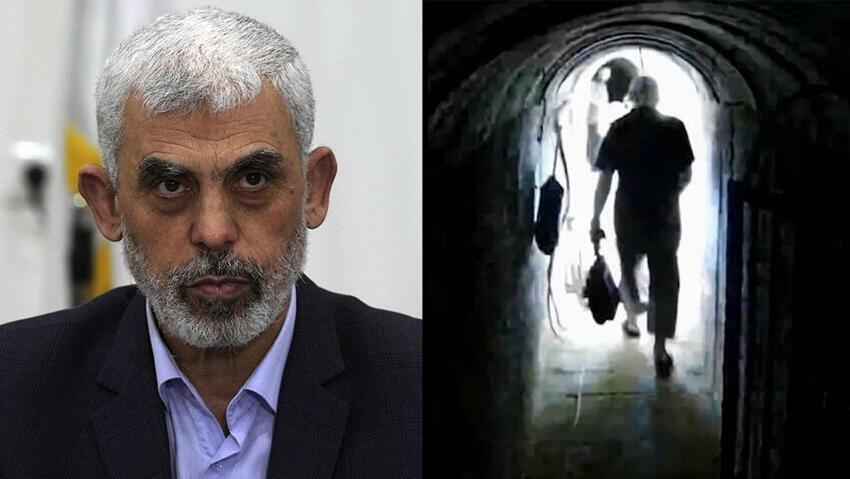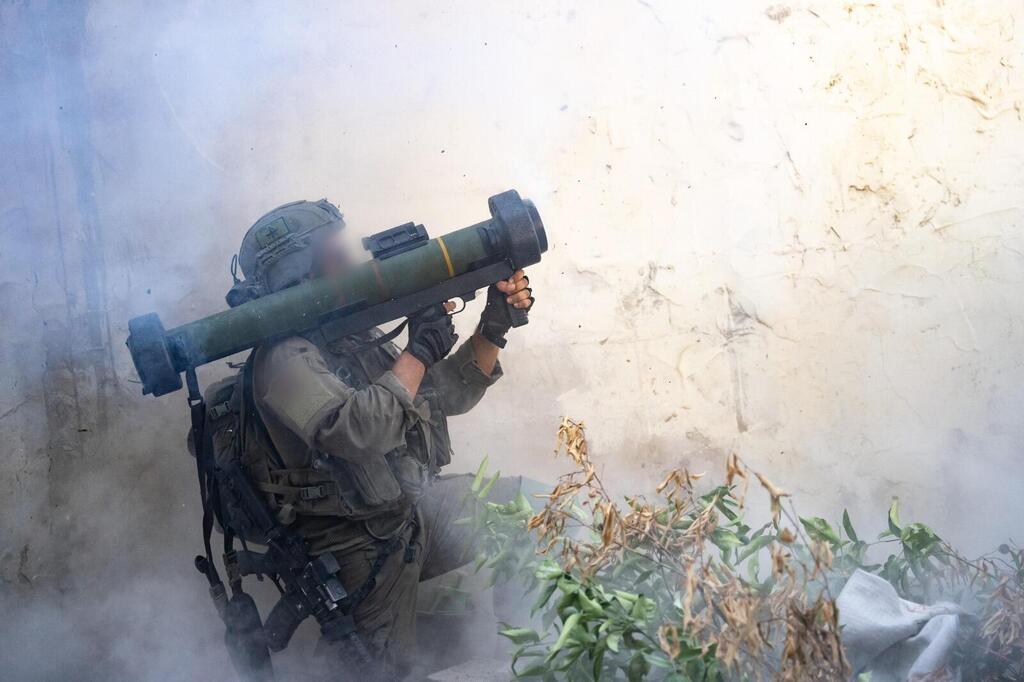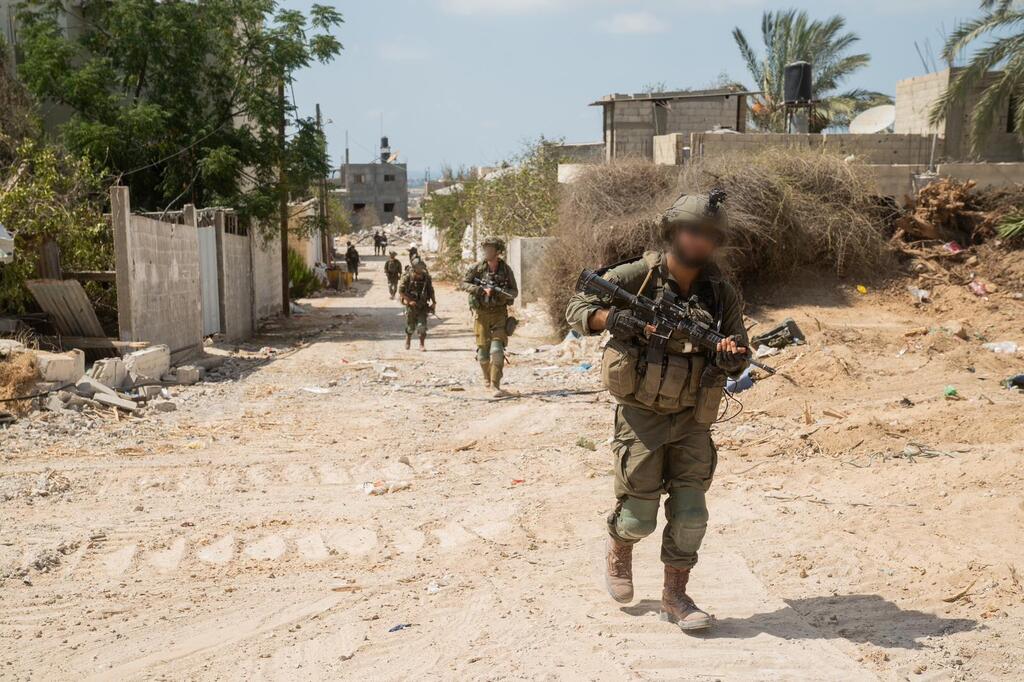Getting your Trinity Audio player ready...
One common motif in folk tales is the story of the villain who is caught in his own trap. Who among us isn’t pleased to hear that scarcely a single step separates Yahya Sinwar, the leader of Hamas, from the pit that he himself has dug?
For the sake of understanding the specific story ahead of us and the alignment of forces on the Mideast chessboard, the newness of the current situation must first be appreciated. The difference before our eyes is that Israeli and US are in agreement regarding all that concerns the ceasefire deal. Thus, essentially for the first time, the two countries are on the same side regarding everything about the nature of the deal. The present deal was first formulated last weekend in negotiations that bridged the gaps between the American and Israeli positions, and the countries agreed on a document that was delivered to Hamas. Now the ball has been passed to Hamas.
What is the content of that joint proposal? In it are four main points on which the Israeli position has stayed unchanged since last May: The IDF will remain in full control of the Philadelphi Corridor, armed Palestinians will not return to the northern Gaza Strip, no fewer than 30 live hostages will return, and combat will resume after the ceasefire.
One important factor to keep in mind is Sinwar’s degree of control over events. It is a critical factor for understanding the situation because Sinwar’s authority now extends both over “internal affairs,” following the elimination of Ismail Haniyeh, and over “foreign affairs.” But as a hunted man, in the tunnels beneath the Gaza Strip, how effectively can Sinwar communicate? Are the Egyptians and Qataris in contact with him? Suppose they are; how firmly can he control his forces throughout the Gaza Strip? To what extent is he managing the fate and the conditions of the hostages? Hamas has never provided any information about the hostages, and so there is no telling which are alive or who is holding them. Even Sinwar may be unaware of the answers.
What does Hamas want? First of all, Hamas wants regional war and that is why it mounted its October 7 massacre. Its strategic objective was to draw as many of Israel’s enemies as possible into a multi-front confrontation. If the fighting expanded from the local level to full scale, involving several fronts, Israel’s pressure on Hamas in particular would be greatly weakened. That scenario may be the only way that Sinwar, having sparked the confrontation, can see himself emerging from it with the upper, bloodstained hand. And we are in fact on the verge of such an escalation, but Sinwar finds himself trapped between two alternatives and both are bad for him.
If he accepts the proposed deal, Iran and its proxies will stop their aggression. They have explicitly announced that. Moreover, the end of fighting is also in America’s interest and the White House is unleashing enormous pressure to that purpose. The pressure includes a palpable threat to Iran in the form of naval, airborne, and amphibious attack forces rushed to the vicinity, and in the form of a coalition of the West that is capable of dealing a crushing blow to Iran together with Israel — or at least joining in Israel’s defense. A sword is hovering above Iran’s neck and is not to be blinked at. The coalition’s switch from defense to attack may be very quick and unexpected. History teaches that a small mistake on one side can suffice to change a defensive alliance to a powerful attack force. So if the deal Hamas demands is accepted, it forfeits its strategic objective of regional war. It also loses its only chance of survival in the Gaza Strip, and Sinwar apparently forfeits his head.
If there is a monitored and selective return into the northern Gaza Strip, only terrorists and hostages will remain in the Al-Muwasi zone. Then, with the zone free of Palestinian civilians, the IDF will be able to mount a meaningful operation to wipe out the vestiges of Hamas and free the remaining hostages.
The barring of armed Palestinians from the northern Gaza Strip is the other minefield facing Sinwar. By now, setting aside 300 thousand civilians who returned to the northern Gaza Strip, almost the entire population of the center and south is in the greater Al-Muwasi area, extending to Deir al-Balah. According to a rather well-grounded assumption, the influx of refugees into the Al-Muwasi area involved transport of hostages as well. That assumption, together with the great density of the civilian presence in the area, makes IDF activity difficult there. If a monitored and selective return is carried out as stipulated in the pending agreement, only terrorists and hostages will remain in the Al-Muwasi area. In that case, the IDF will enjoy a significant operational opportunity for mopping up Hamas and freeing the hostages in that area emptied of Palestinian civilians.
Sinwar too understands that if Hamas accepts the deal, he will not be granted the regional war that he desired — and at the end of the six-week ceasefire, the IDF will be ideally positioned to eliminate him. And in that case, Hamas will be unable to recover. Its armories, its workshops, and all its infrastructure were destroyed by heavy bombing. Its supplies will be impossible to renew through the Philadelphi Corridor because Israel insists on controlling the entrances from Egypt. Moreover, the reserve forces of Hamas are being rapidly eroded.
The bottom line is that the deal puts forth acceptable conditions for Israel. We will receive the hostages alive, and then, after evacuating the civilians from Mawasi, we will enjoy dramatically improved freedom of action. But Hamas will have nowhere left to hide.
The State of Israel considers two strategic objectives more important than the fighting in Gaza: the return of normal living conditions at the northern border with the elimination of Hezbollah’s presence there, and the removal of the Iranian nuclear threat.
 Amir AviviPhoto: Yariv Katz
Amir AviviPhoto: Yariv KatzHere, on the issue of regional war, is where the interests of Hamas and of Israel ironically coincide. The Gaza Strip, for all the significance of the war there, is still a secondary battlefield. Strategically, precedence goes to the north where the danger is Hezbollah and to Iran where the danger is nuclear. Israel has realized correctly that with a defensive coalition at its side — in addition to the operational capability to hit strongly at the head of the Iranian serpent, and its throat across the northern border — a historic opportunity is at hand.
Despite the strategic opportunity presented by regional war, Israel and the US have not made their offer insincerely. The Israeli government has afforded top priority to the freeing of the hostages, which is an American interest as well. If Hamas accepts the deal, it will go forward. Sinwar understands that the ball has been passed to him and must decide correctly and quickly. Otherwise, he will find that the ball explodes.
- Brigadier General (res.) Amir Avivi is the founder and chairman of the Israel Defense And Security Forum (IDSF).
First published: 05:27, 08.24.24





